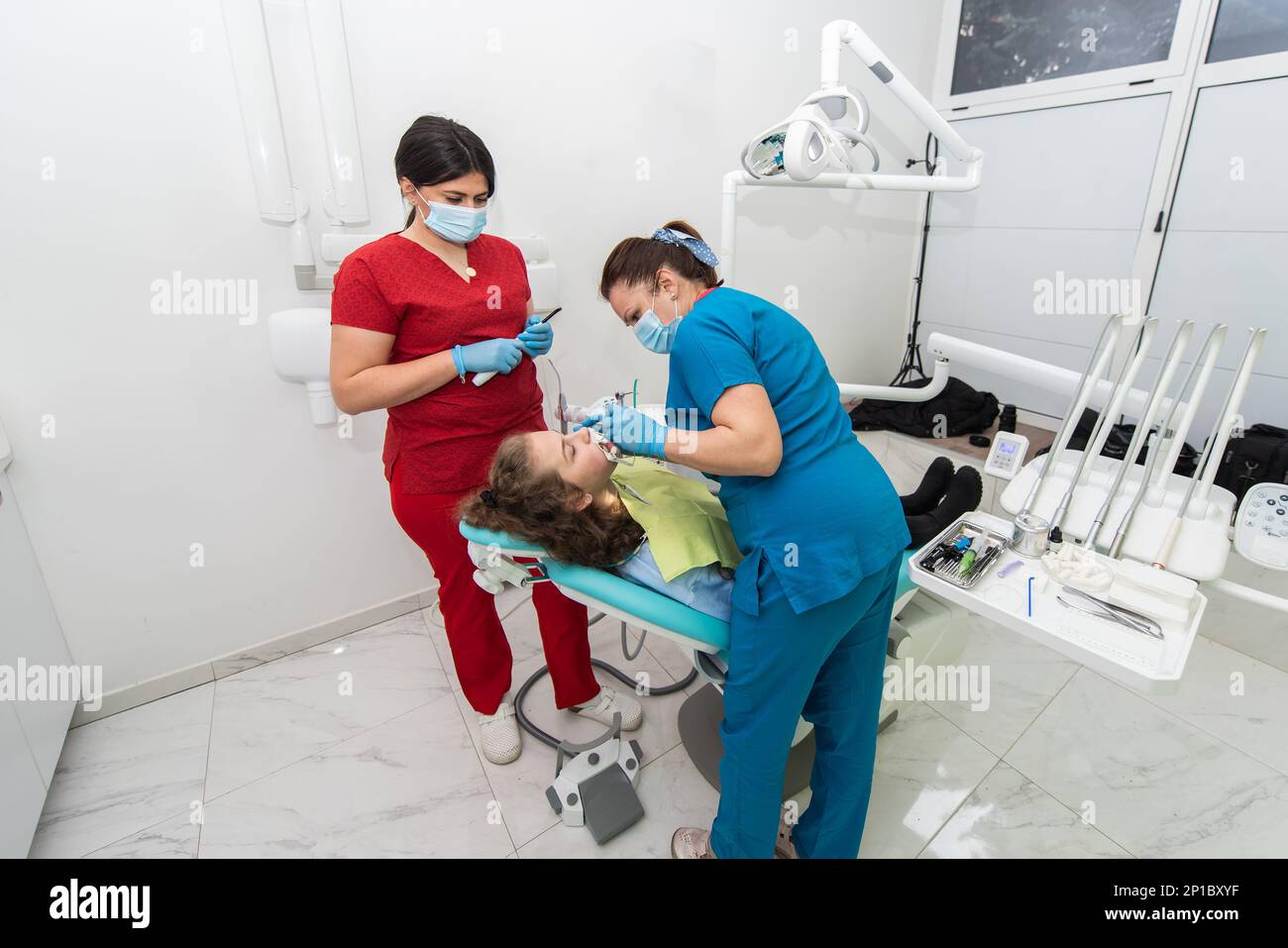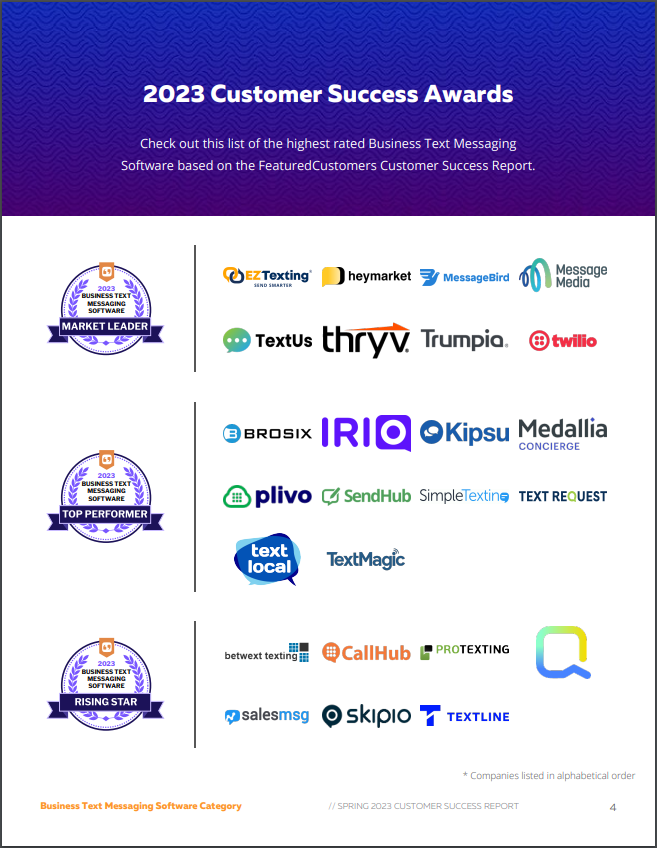

It doesn’t replace dentists’ expertise but instead helps them to identify problems and potential treatments with even greater speed and precision.

Rather, AI is just really good at analyzing and processing large amounts of complex data.įor example, dentalXrai Pro is an AI-powered program that helps dental practitioners analyze radiographs more accurately and consistently. This is not to say that dentists are bad at their jobs. It really wouldn’t be a bad idea for your dentist to check in with an AI colleague for a second opinion. While this is admittedly a low bar to set, the study found that the CV/ML tool predicted the existence of caries not only better than the dentist consensus rate but also better than when one dentist was used as “Ground Truth”, or when the intersection between two dentists’ annotations was used. More alarming is that they unanimously agreed on the presence of decay in only 4.2% of the cases! Not bad, but not exactly inspiring either. The dentists unanimously agreed on the absence of tooth decay 79% of the time. One of the major aims of the study was to see how often the dentists agreed on the presence or absence of caries. The three human dentists examined and highlighted carious lesions in more than 8,000 radiographic images of bitewings and periapicals. To answer this, Pearl commissioned a study that compared the diagnostic consistency of three experienced dentists against a dental AI system. How does ML stack up when it comes to identifying tooth decay? 💡 Pro tip: Check out our Data Annotation Guide to learn more about labeling data for machine learning.ĭentists have been cavity detectives for ages. cavities) is key to early diagnosing tooth decay. The correct identification of lesions (ieg.

Once the model training is complete, the algorithms are ready to be fed raw data to identify those lesions on their own. One way this works is by training CNNs on large sets of images with labeled carious lesions. Dental DecayĬomputer vision systems can detect dental decay using techniques like object detection and semantic segmentation. Let’s take a look at two examples: dental decay and periodontal disease. Just as “two heads are better than one”, enlisting the help of additional (computer vision) eyes can improve dentists’ ability to identify and treat issues.Īnd sometimes that extra help is more valuable than you might expect. Now let’s get right to it and see what’s in store for the future of dentistry! Dental decay and periodontal disease detection


 0 kommentar(er)
0 kommentar(er)
